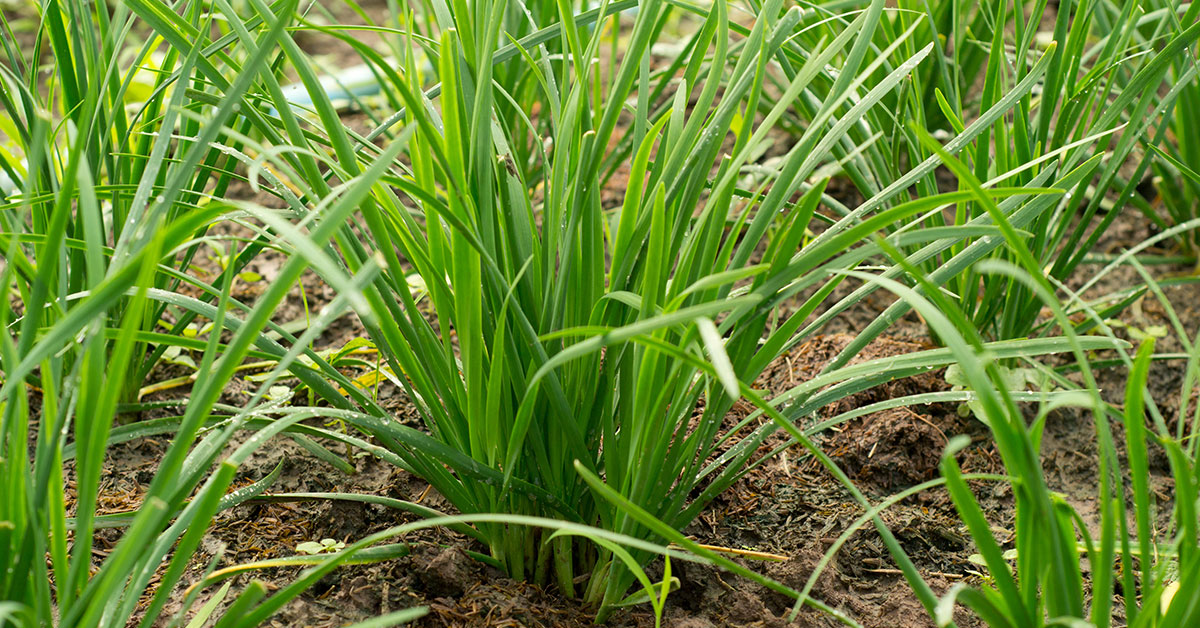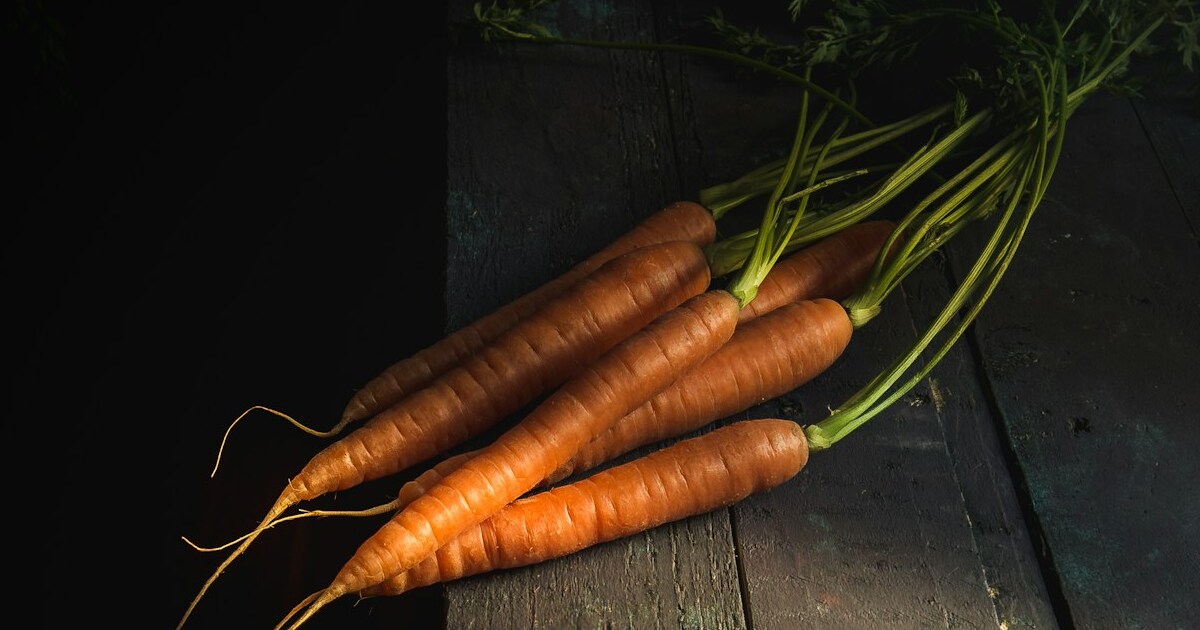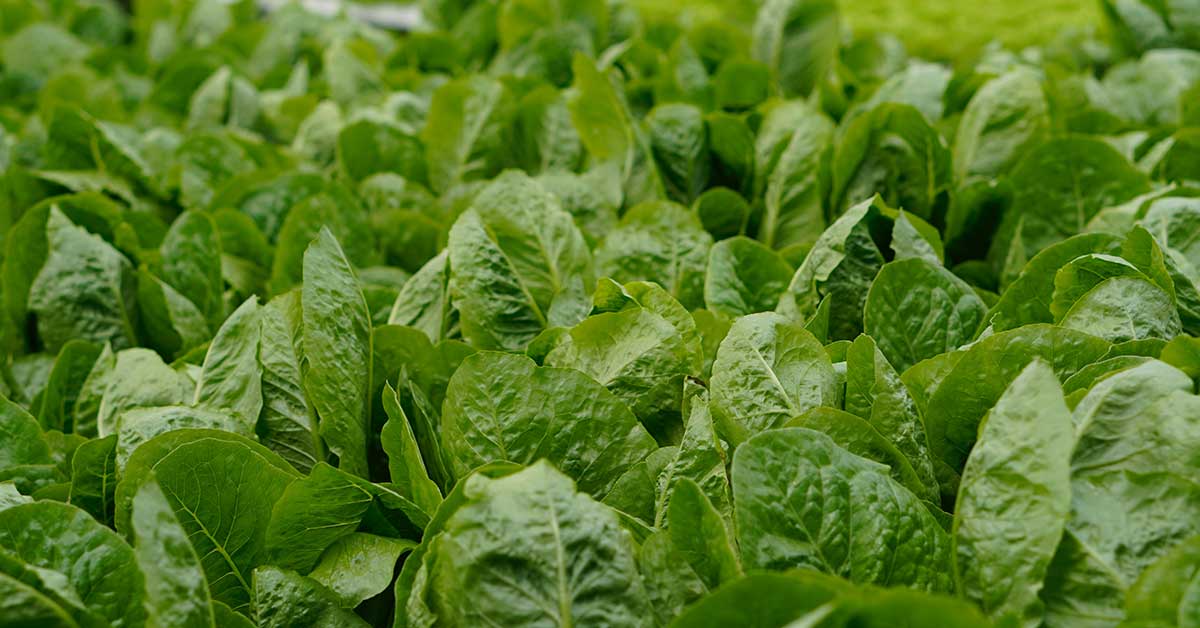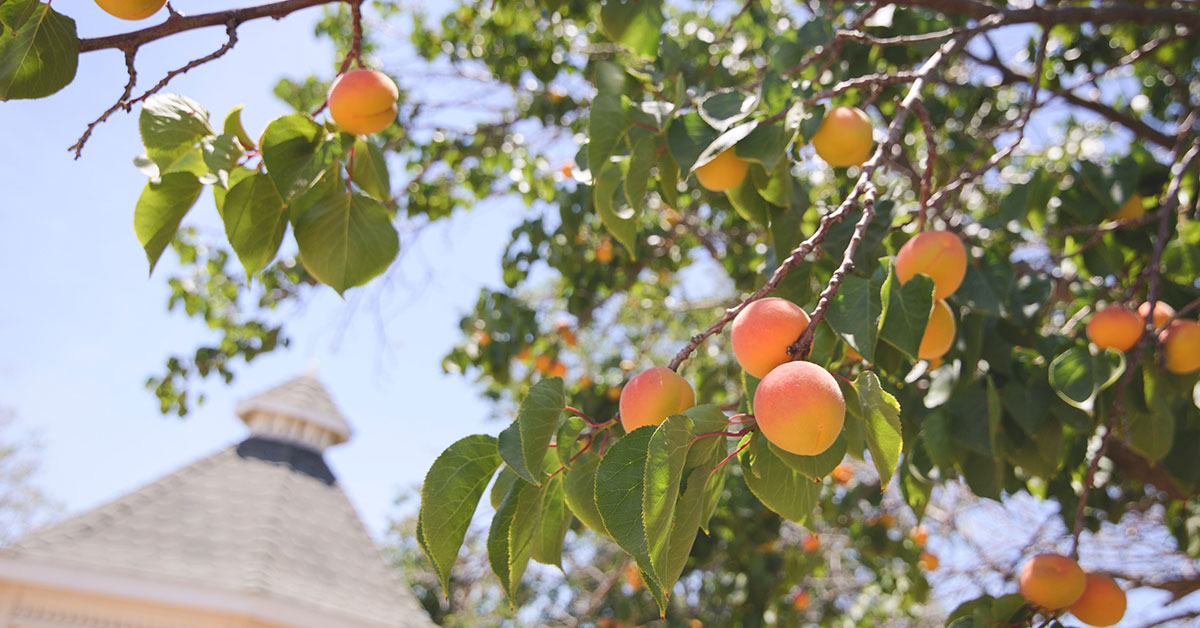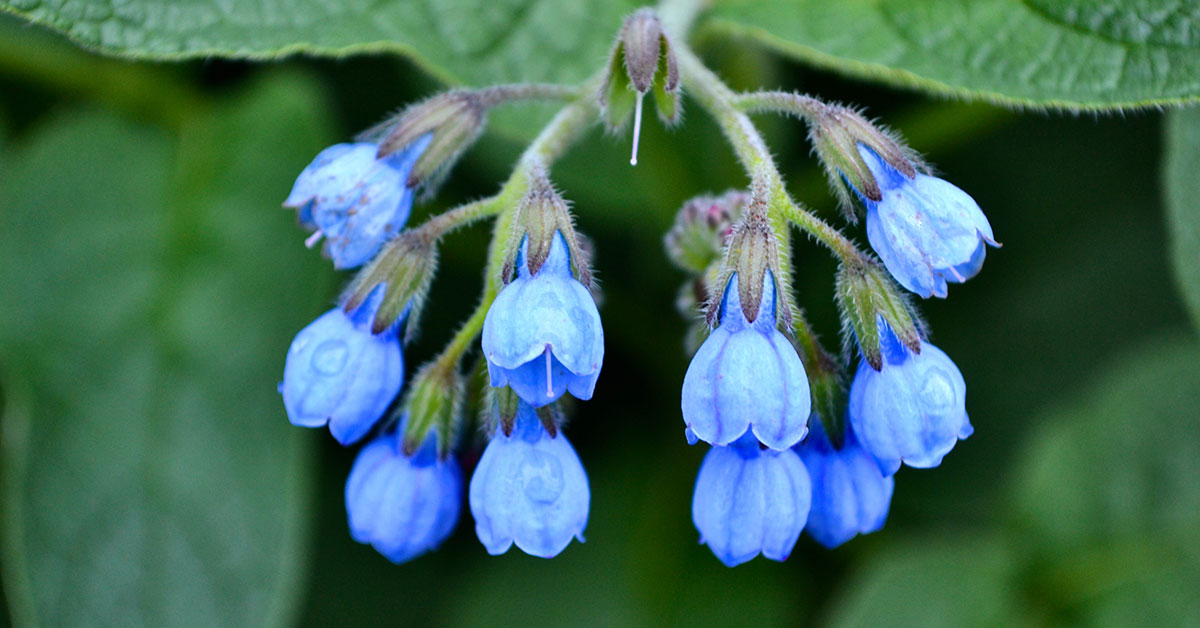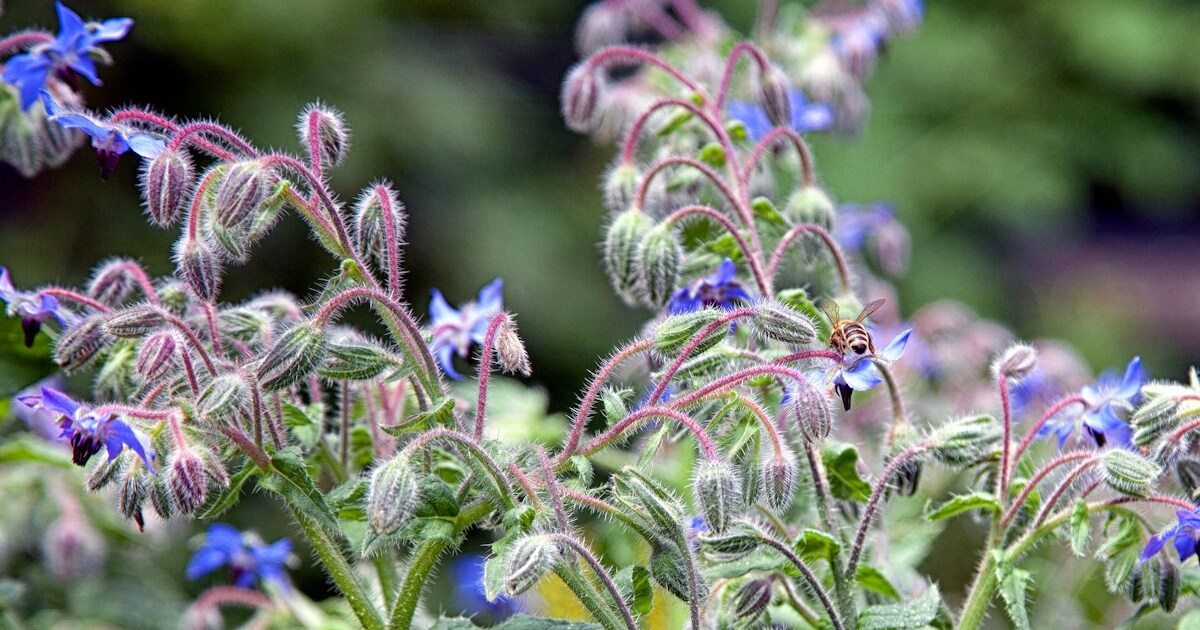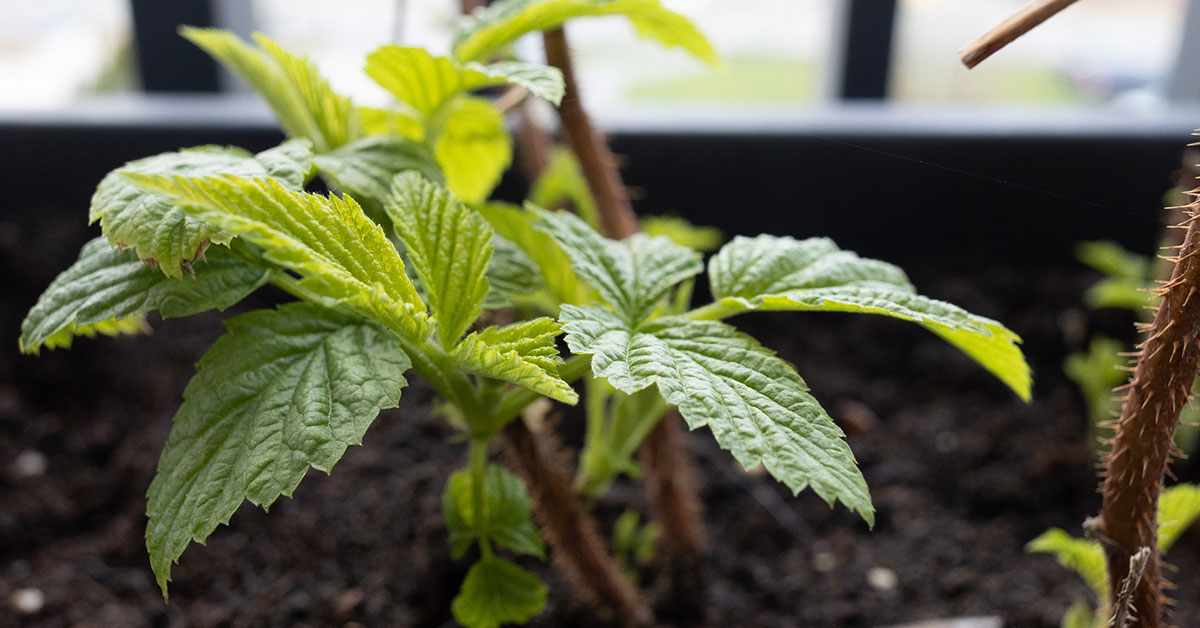Getting an aloe plant to bloom indoors is a challenge that many gardeners dream of achieving. While these succulents are known for their medicinal properties and easy care, coaxing them to produce those stunning, tubular flowers can feel like trying to crack a secret code! I completely understand the frustration—after all, you’ve nurtured your aloe with so much love and patience, and now you’re eager to see it rewarded with blooms. But fear not, because with a bit of knowledge and the right conditions, you can increase your chances of enjoying those rare and beautiful aloe flowers in your home.
Aloe plants are native to arid regions, particularly the Arabian Peninsula, and they thrive in environments that mimic their natural habitat. Indoors, this means providing plenty of light, careful watering, and the right kind of care throughout the year. Blooming is often triggered by a combination of maturity, proper care, and environmental conditions, and I’m here to guide you through the steps you can take to create the perfect environment for your aloe to finally bloom. Let’s dive into the details that will help you make this happen!
Ensuring Adequate Light
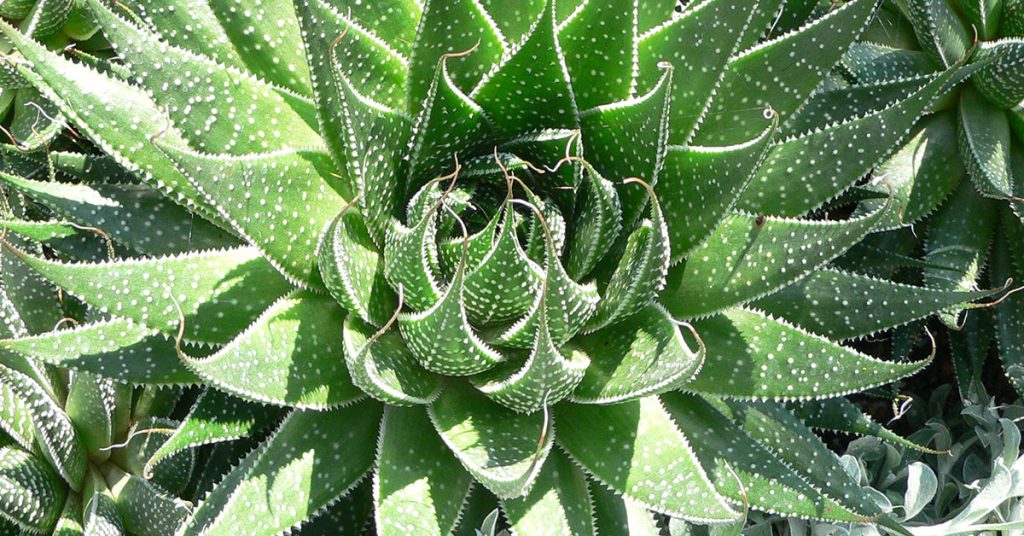
One of the most critical factors in getting your indoor aloe to bloom is providing it with enough light. Aloe plants require a lot of bright, indirect sunlight to thrive, and without it, they simply won’t have the energy to produce flowers. In their native environment, aloes are used to basking in full sun for hours on end, so replicating this as closely as possible indoors is key. Place your aloe in the sunniest spot available, such as a south or west-facing window where it can soak up several hours of light each day. If you notice your aloe’s leaves stretching or becoming pale, it’s a clear sign that it’s not getting enough light.
If natural light is limited, especially during the shorter days of winter, you might need to supplement with a grow light. I’ve found that a good quality grow light can make all the difference in keeping your aloe happy and healthy. Position the light about a foot above the plant and leave it on for about 12-14 hours a day to mimic the long, sunny days aloes love. Just be careful not to place the light too close, as this can cause the leaves to overheat or burn. By ensuring your aloe gets enough light, you’re setting the stage for it to gather the energy it needs to bloom.
Managing Water and Humidity
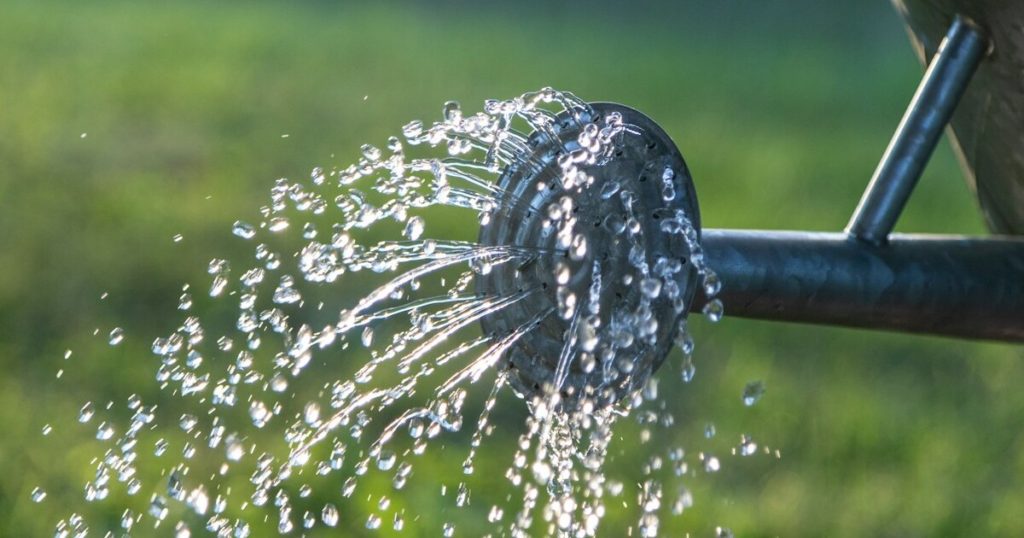
Aloe plants are succulents, meaning they store water in their leaves and are incredibly drought-tolerant. This means that overwatering is one of the biggest threats to their health and to your chances of getting them to bloom. In their native arid regions, aloe plants experience long dry periods, and their watering needs should reflect that. I recommend watering your aloe only when the soil is completely dry, which could be as little as once every three weeks, depending on the humidity in your home. Be sure to use a well-draining soil mix and a pot with drainage holes to prevent water from sitting at the bottom and causing root rot.
Humidity is another factor to consider. Aloes prefer low humidity, similar to their desert origins. If your home is particularly humid, especially in the summer, consider using a dehumidifier or placing your aloe in a less humid room. Avoid misting your aloe, as the excess moisture can lead to fungal issues. Instead, focus on keeping the air around it dry and ensuring good air circulation. It might seem counterintuitive to water so infrequently, but trust me, aloes thrive on a bit of neglect! Proper watering and humidity management are crucial in creating the right conditions for your aloe to flower.
Providing the Right Temperature

Temperature plays a significant role in the life cycle of an aloe plant, especially when it comes to blooming. Aloes prefer warm temperatures, typically between 55°F and 80°F (13°C to 27°C), which mimic the conditions of their native habitats. If you’re keeping your aloe indoors, it’s important to maintain a stable temperature within this range, avoiding any sudden drops that could stress the plant. I’ve noticed that aloes are particularly sensitive to cold drafts, so be sure to keep them away from windows or doors that might let in a chill during the winter months.
Interestingly, a slight drop in temperature during the night can actually encourage blooming by mimicking the natural day-night temperature fluctuations that aloes experience in the wild. You don’t need to go to extremes, but allowing the temperature to drop by about 10°F (5°C) at night can signal to your aloe that it’s time to start the flowering process. However, be cautious not to let it get too cold—anything below 50°F (10°C) can cause damage to the plant. By carefully managing temperature, you’re giving your aloe the best chance to bloom indoors.
Fertilizing for Flowering
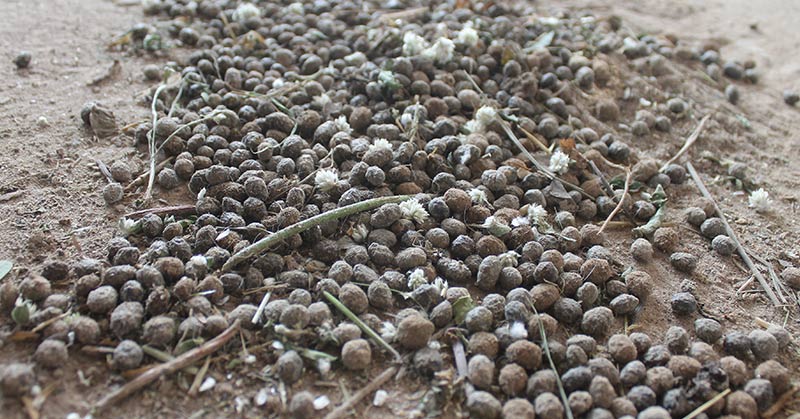
While aloe plants don’t require a lot of fertilizer, a little boost during the growing season can help them gather the nutrients they need to produce flowers. In the wild, aloes grow in nutrient-poor soils, so they’re not heavy feeders, but when kept indoors, they can benefit from a light, balanced fertilizer. I recommend using a cactus or succulent fertilizer diluted to half strength, applied once a month during the spring and summer. Be careful not to overdo it, as too much fertilizer can lead to a buildup of salts in the soil, which can harm your plant and prevent it from blooming.
During the fall and winter, it’s best to stop fertilizing altogether, as this is typically when the plant’s growth slows down, and it doesn’t need the extra nutrients. Instead, focus on maintaining the right light and temperature conditions. If you notice any signs of over-fertilization, such as browning tips on the leaves or white crust on the soil surface, flush the soil with water to remove excess salts. Proper fertilization, tailored to the needs of your aloe, can provide the extra push it needs to start producing those coveted blooms.
Encouraging Dormancy

One of the lesser-known secrets to getting your aloe to bloom is encouraging a period of dormancy during the winter. In their natural habitat, aloes go through a dormant phase in response to cooler temperatures and reduced water availability. Indoors, you can mimic this by reducing watering and allowing your aloe to rest during the cooler months. I usually cut back on watering to just once every six to eight weeks during this time, and I make sure the plant is kept in a cooler room with plenty of indirect light.
This rest period is crucial because it allows the plant to conserve energy, which it can then use to produce flowers when the growing season resumes. It’s a bit like giving your aloe a much-needed vacation! When spring arrives, gradually increase the watering and move the plant back to a warmer, sunnier spot. With any luck, you’ll start to see the beginnings of a flower stalk emerging. Patience is key here—blooming is a slow process, but by giving your aloe the rest it needs, you’re setting the stage for a beautiful display of flowers.
Patience and Plant Maturity

Lastly, it’s important to remember that not all aloe plants will bloom, and those that do often take several years to reach maturity before they’re ready to flower. Aloe plants can live for decades, and while they’re known for their longevity, they aren’t always quick to bloom, especially when grown indoors. If your aloe hasn’t bloomed yet, it might simply need more time to mature. This is where patience really pays off—caring for your aloe consistently over the years increases the likelihood of seeing those beautiful flowers eventually.
In the meantime, continue providing the best care you can, and don’t be discouraged if your plant takes its time. Some aloes might surprise you with a bloom out of the blue, while others might require a bit more coaxing. But when it finally happens, the sight of those delicate flowers will be well worth the wait. By understanding the life cycle of your aloe and giving it the care it needs to thrive, you’re well on your way to creating the perfect conditions for your indoor aloe plant to bloom.




